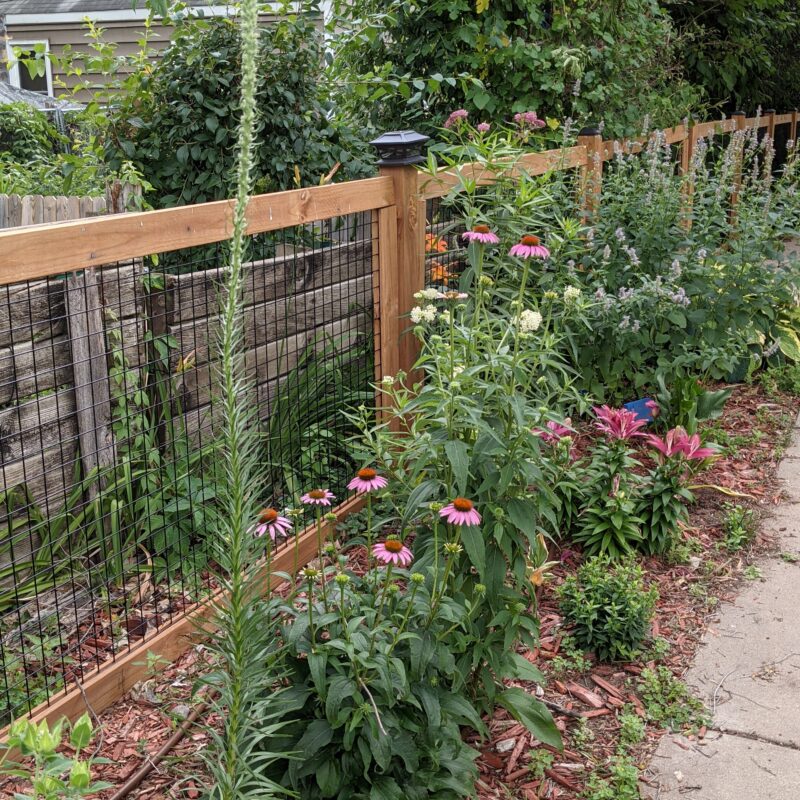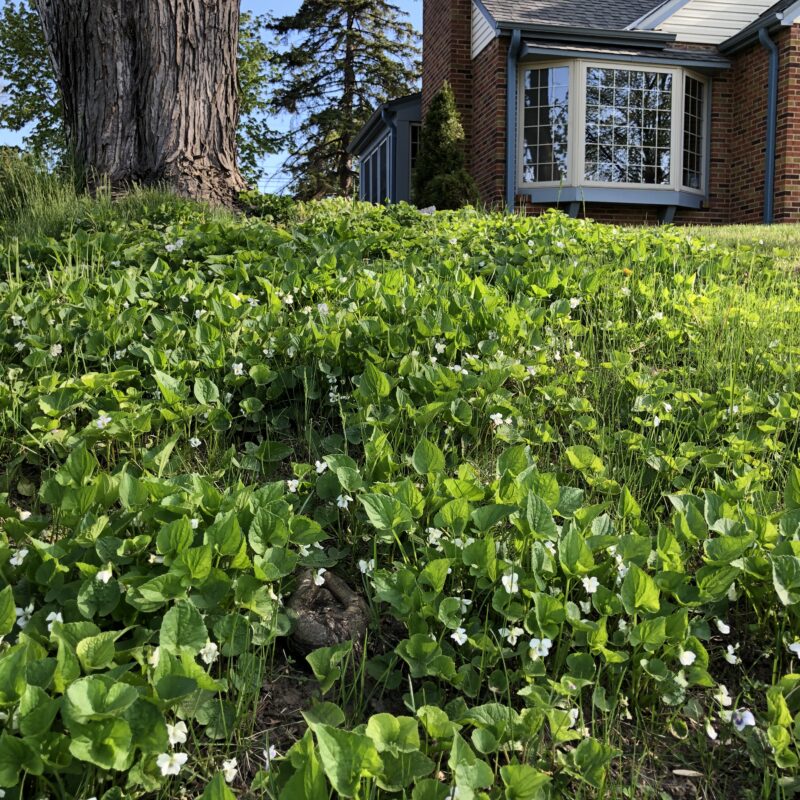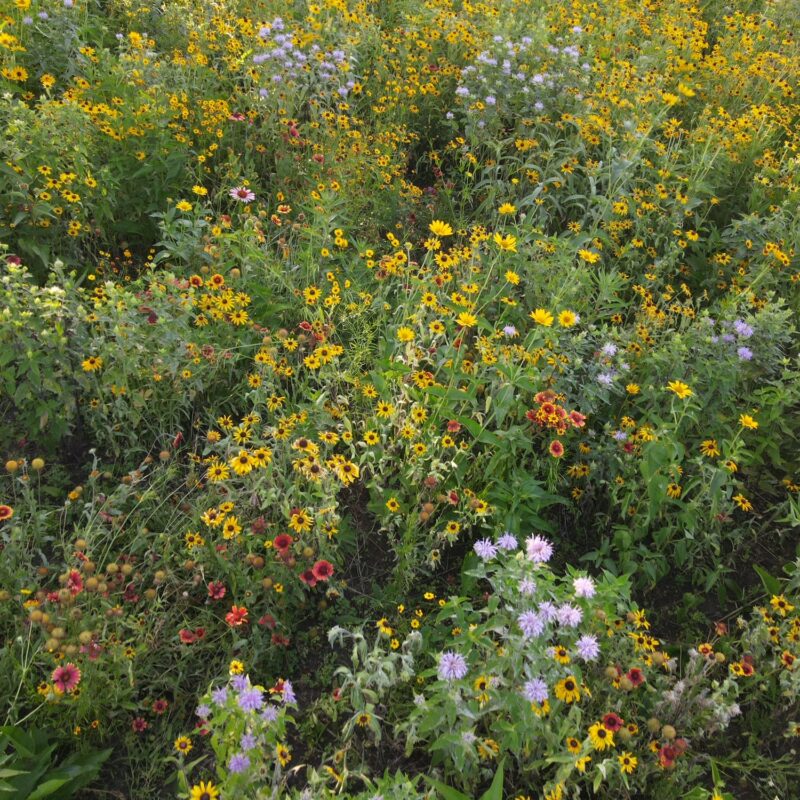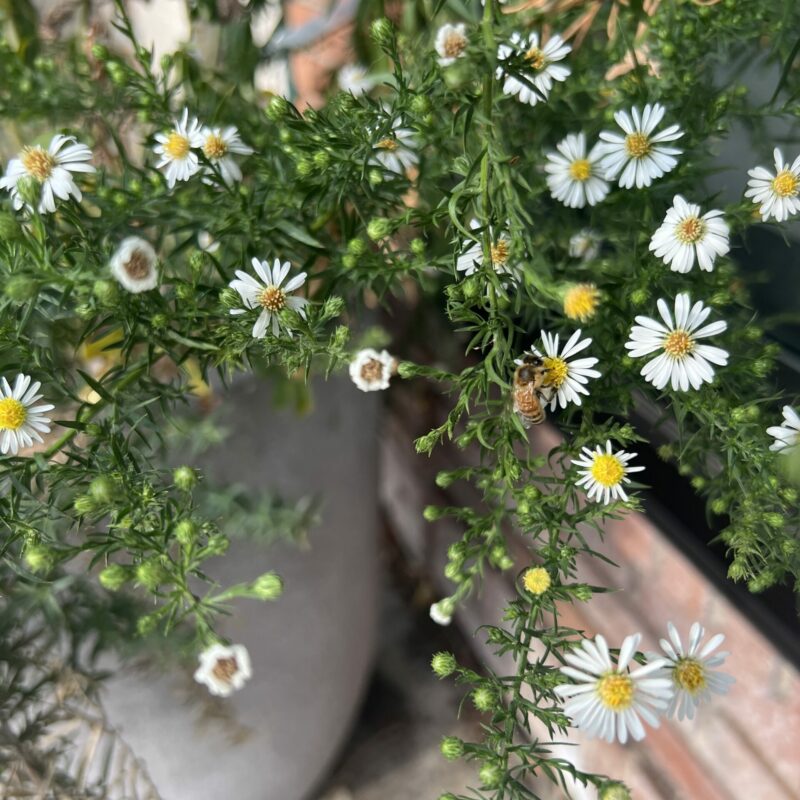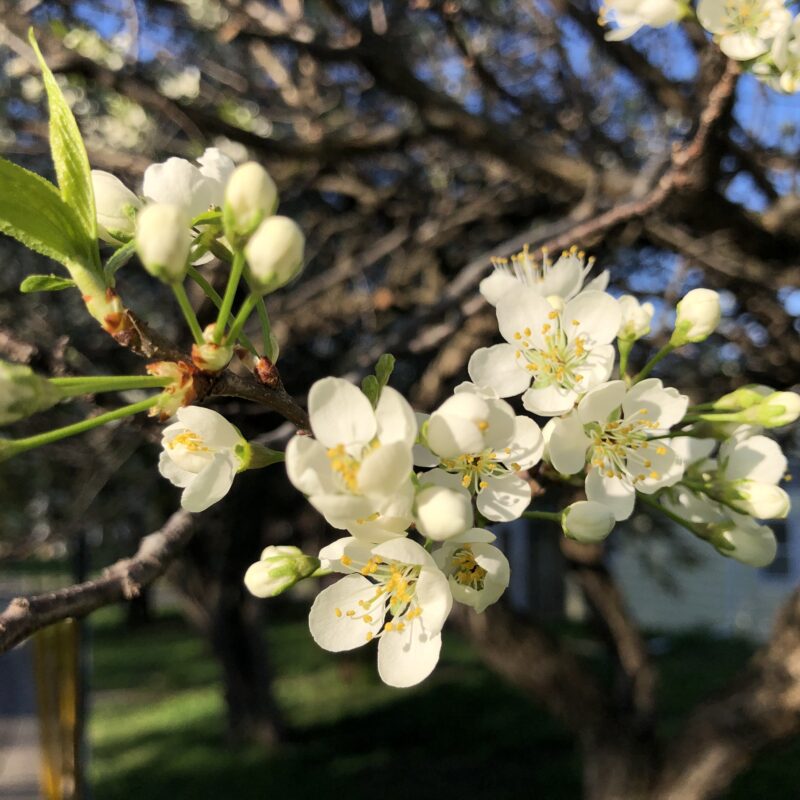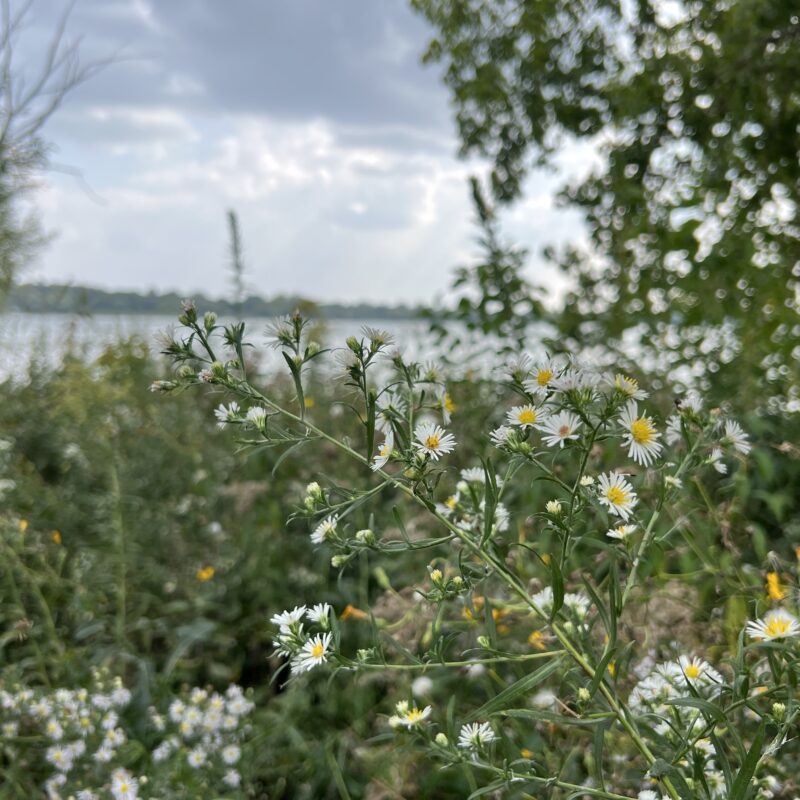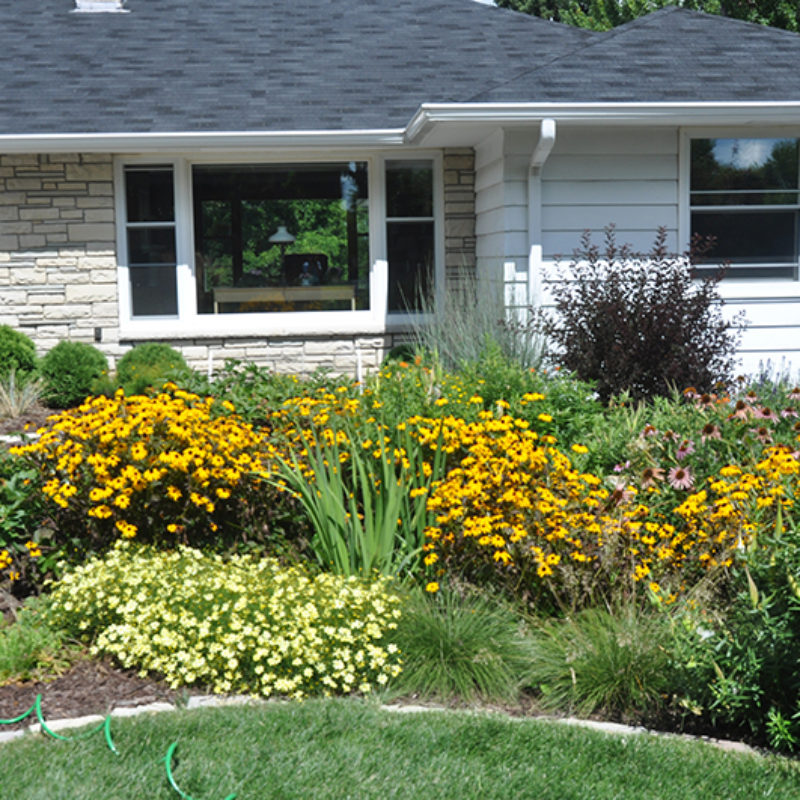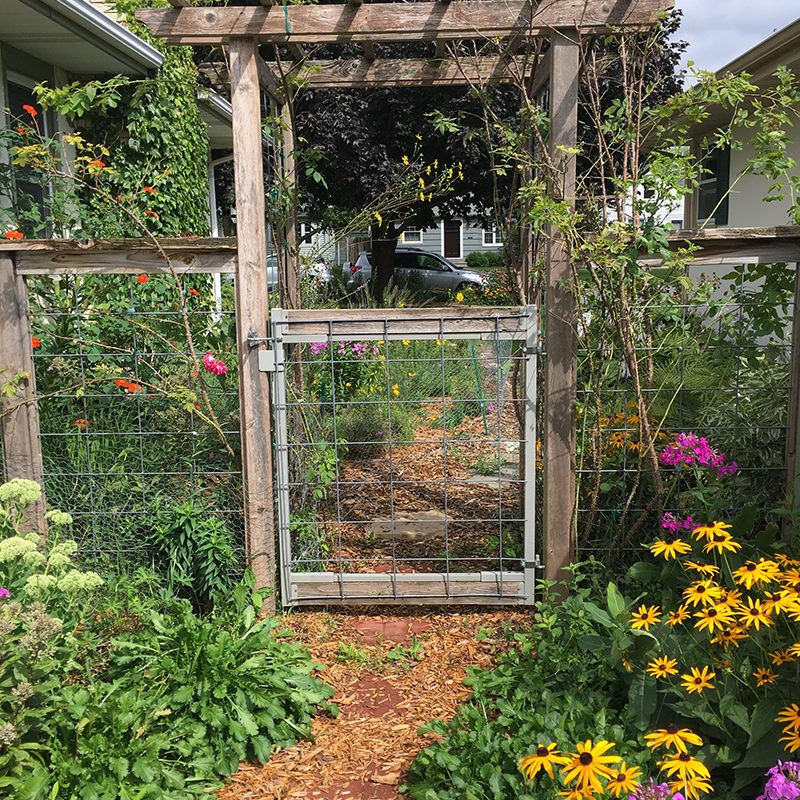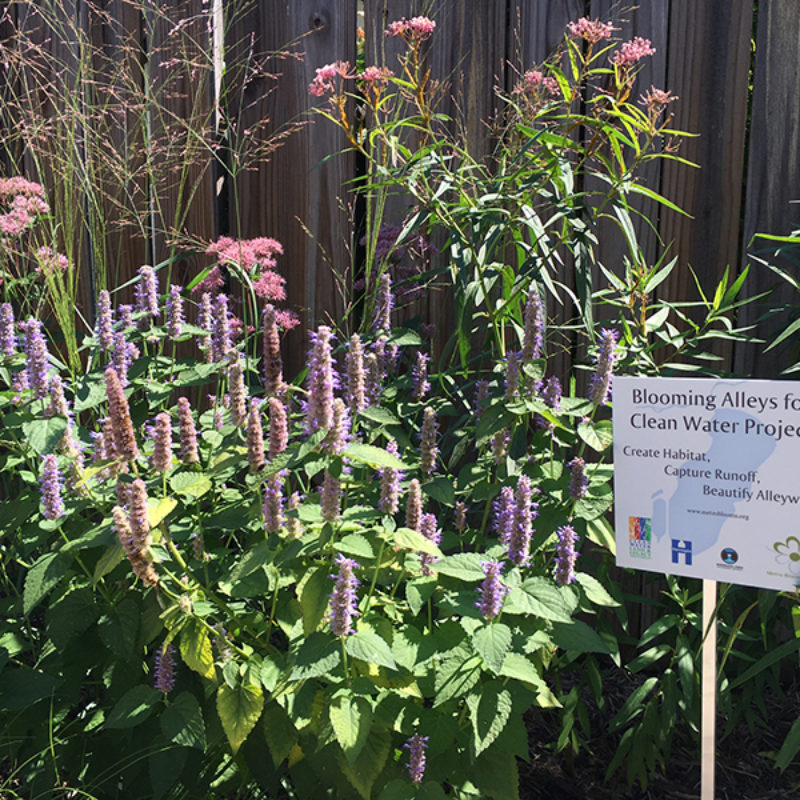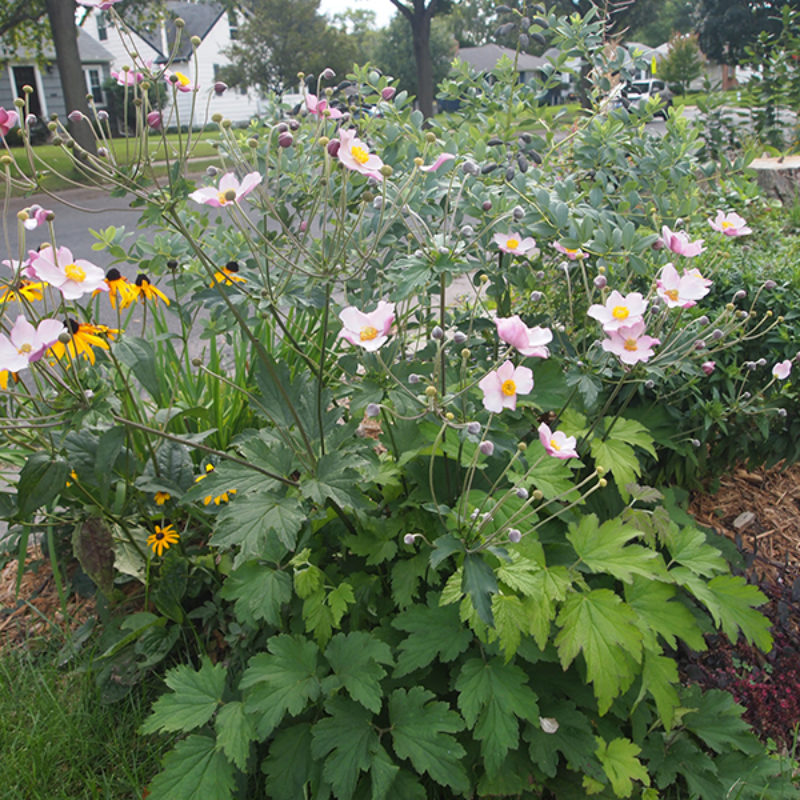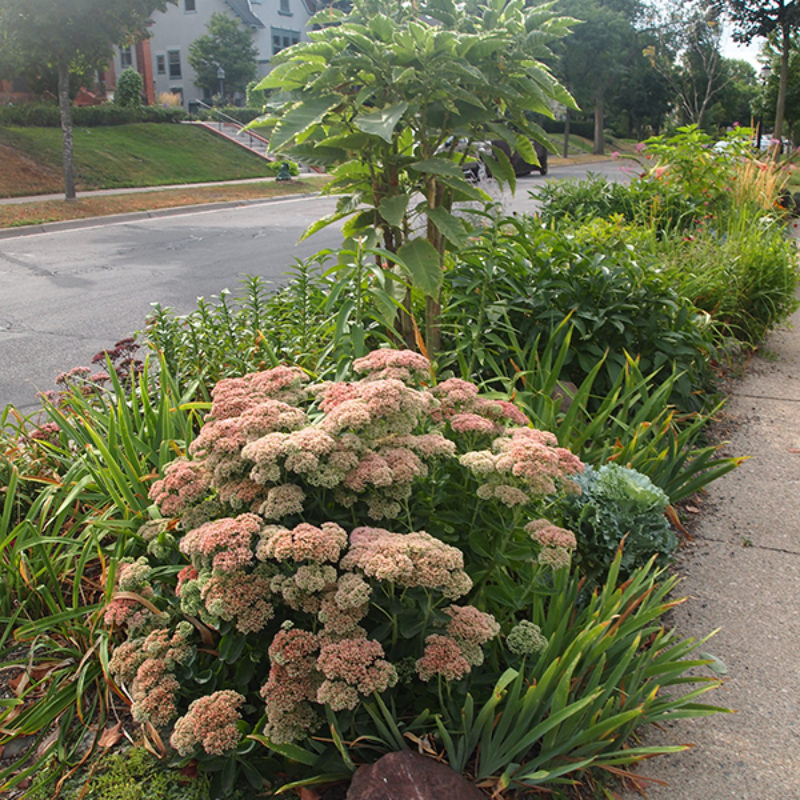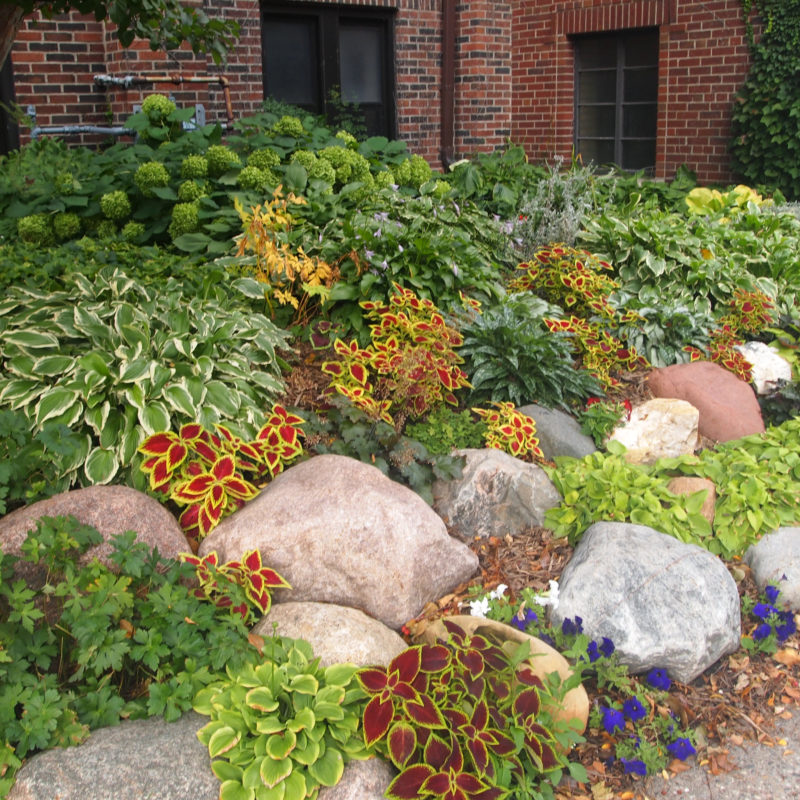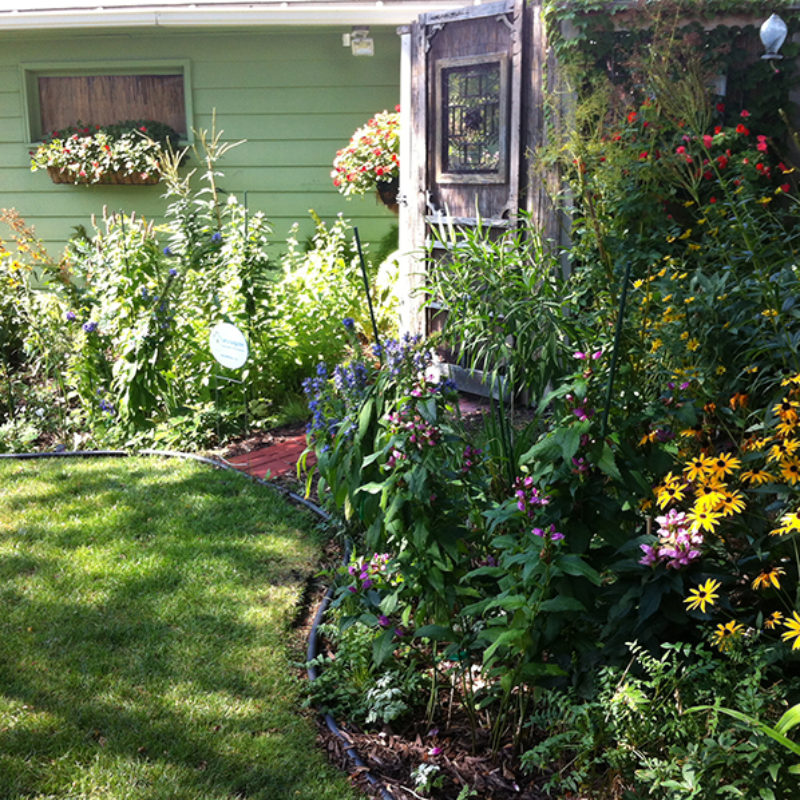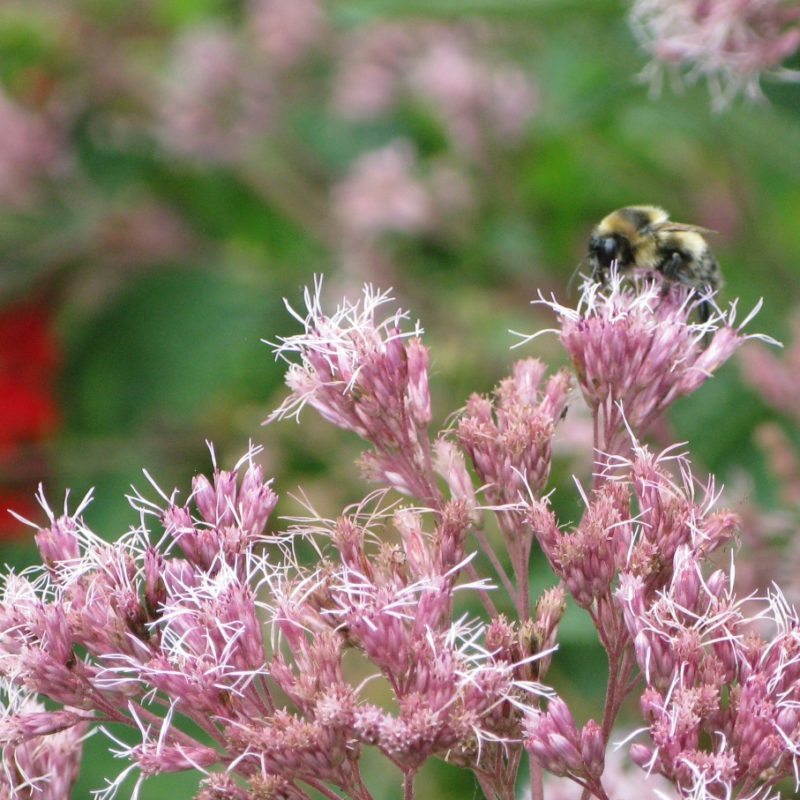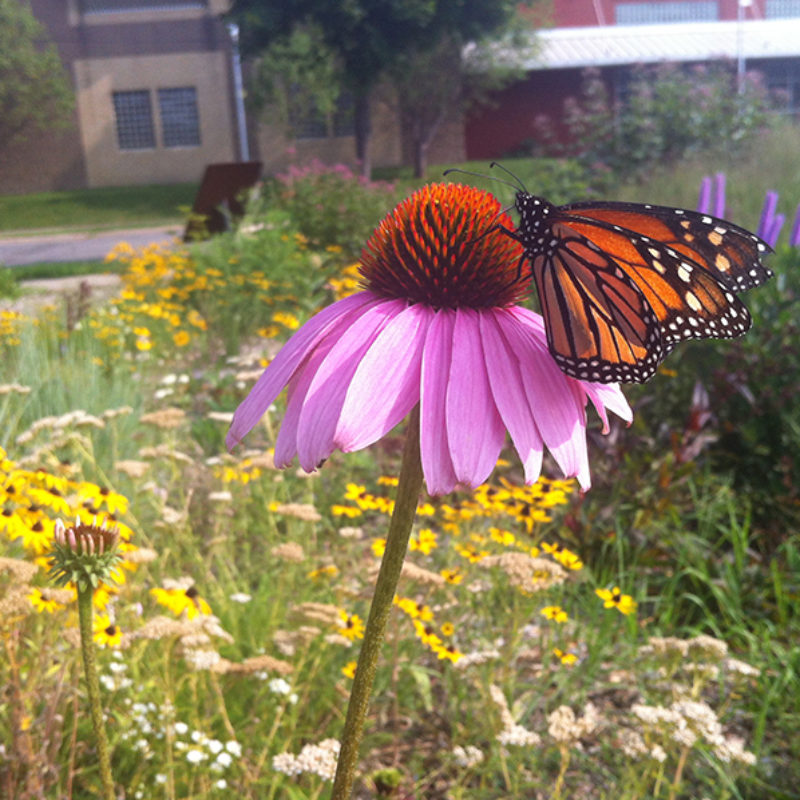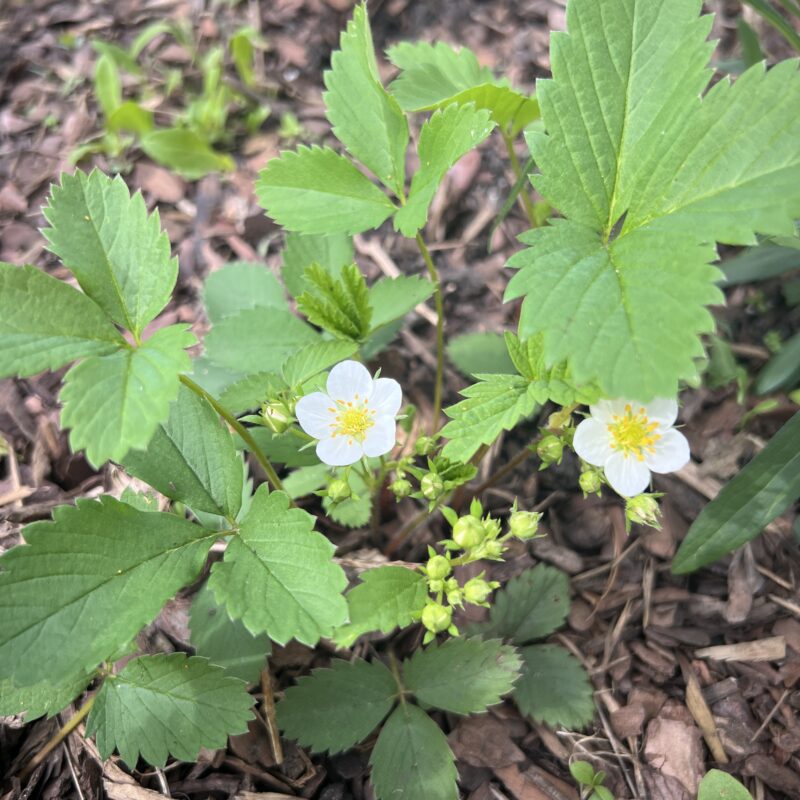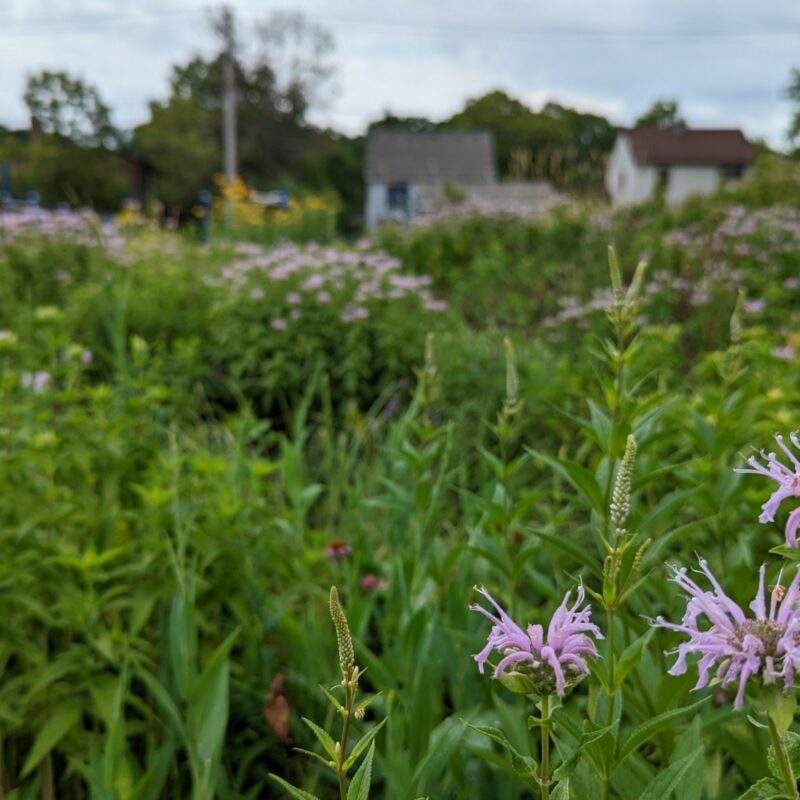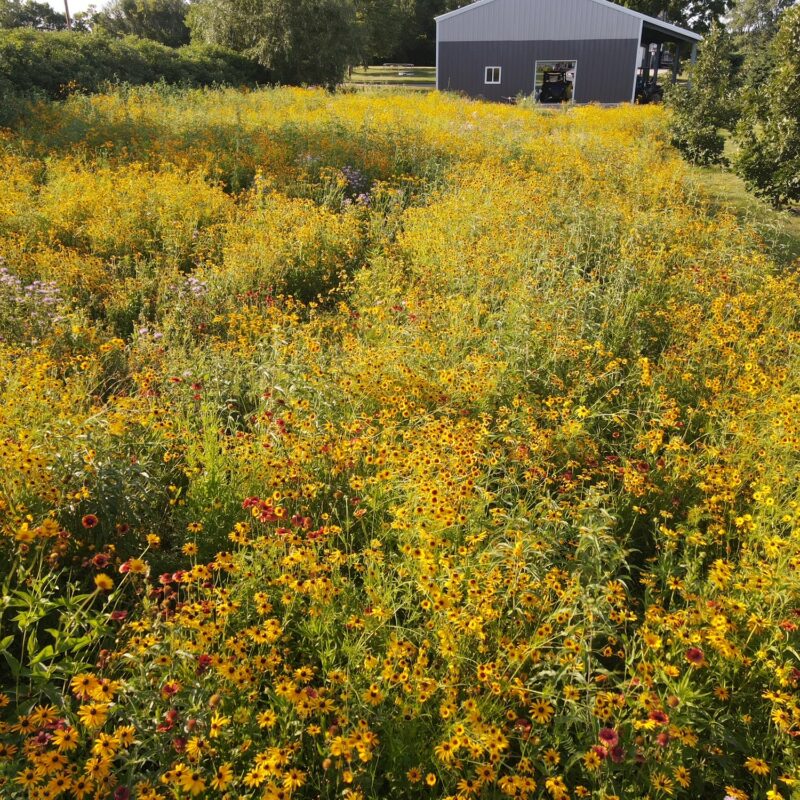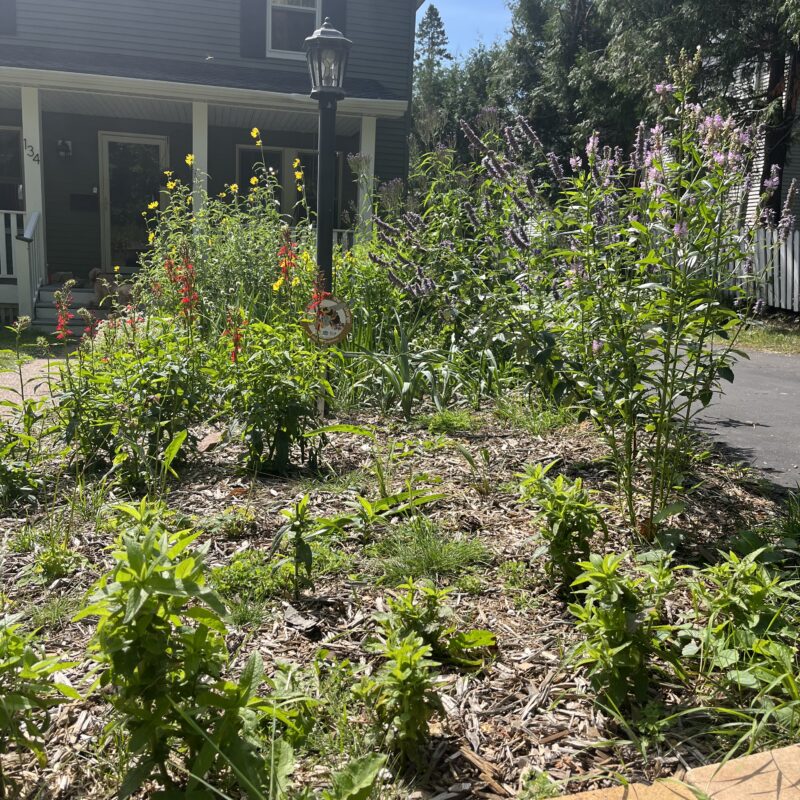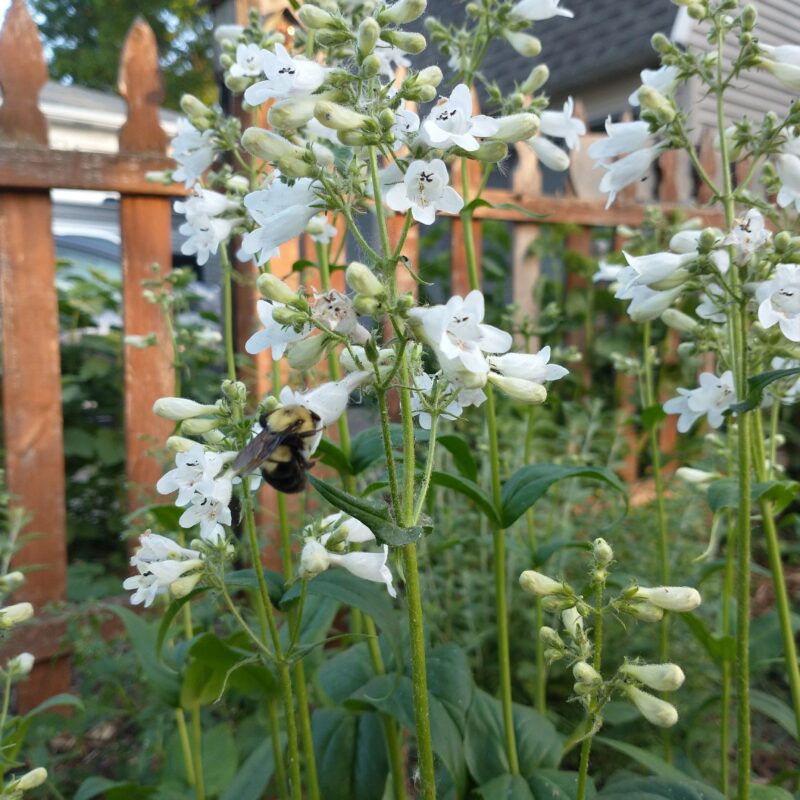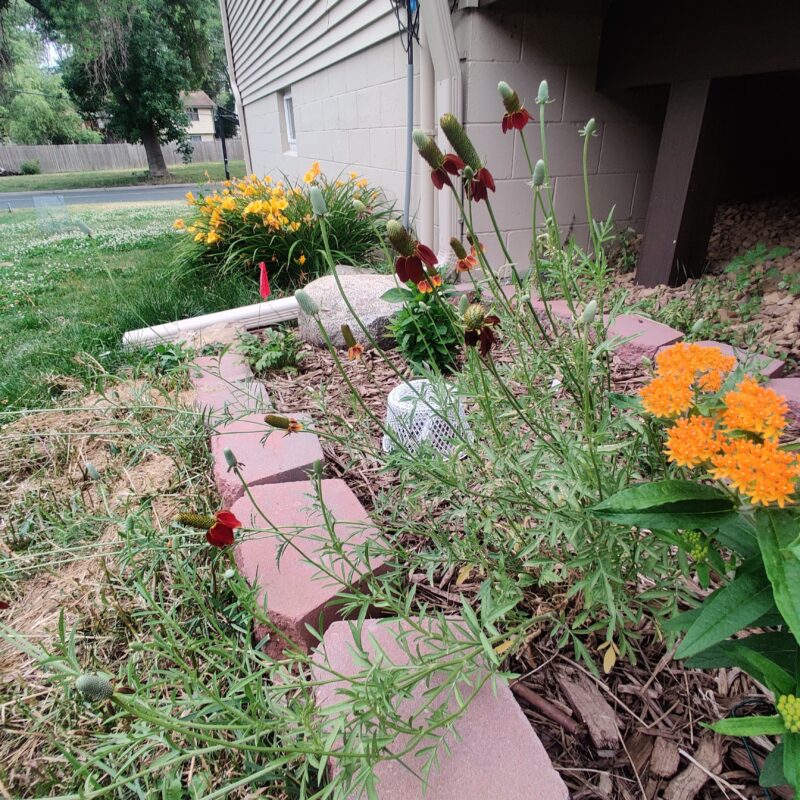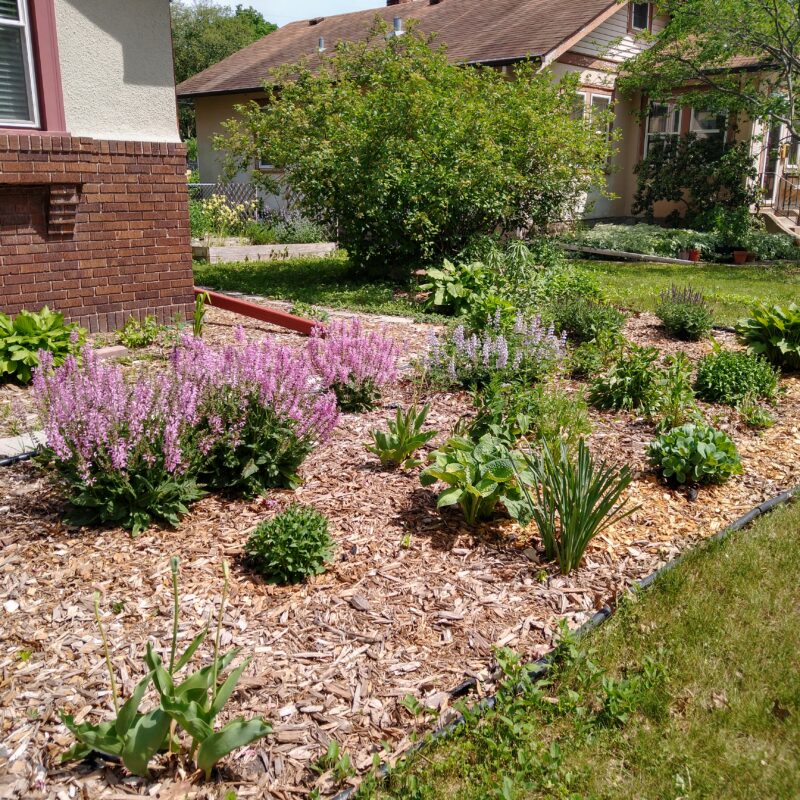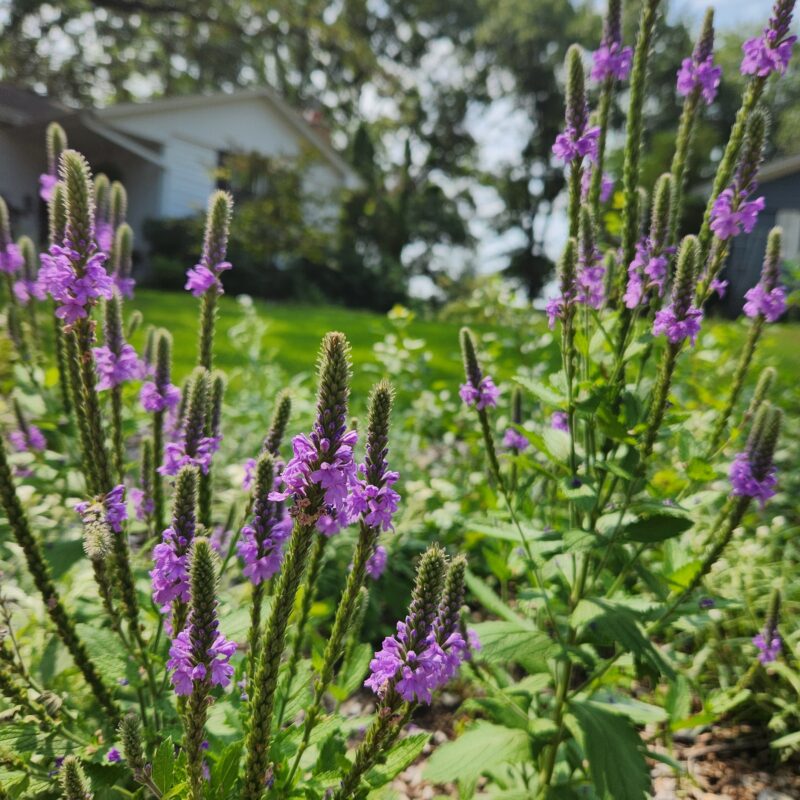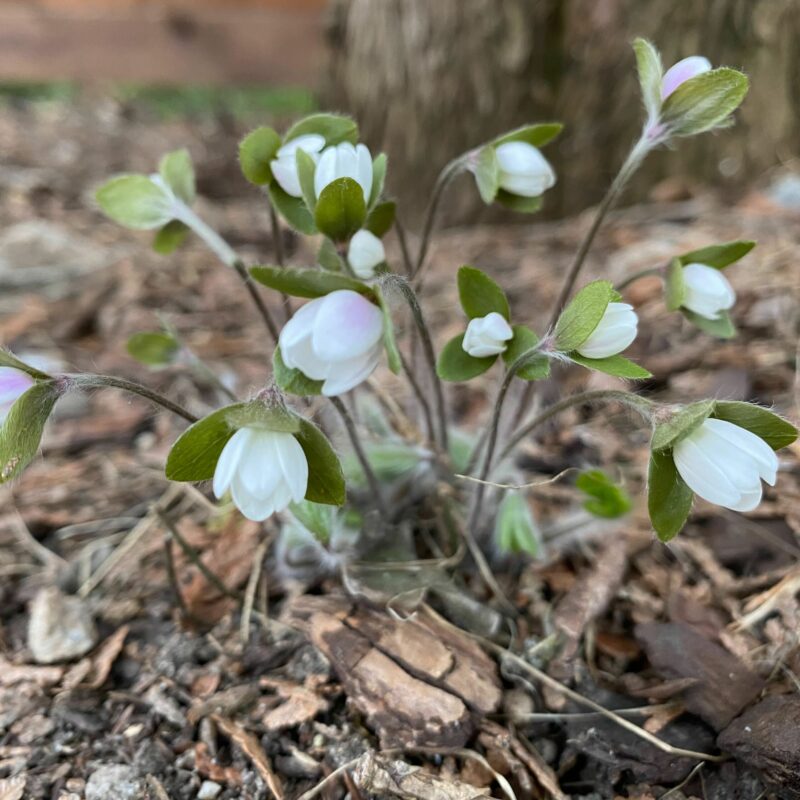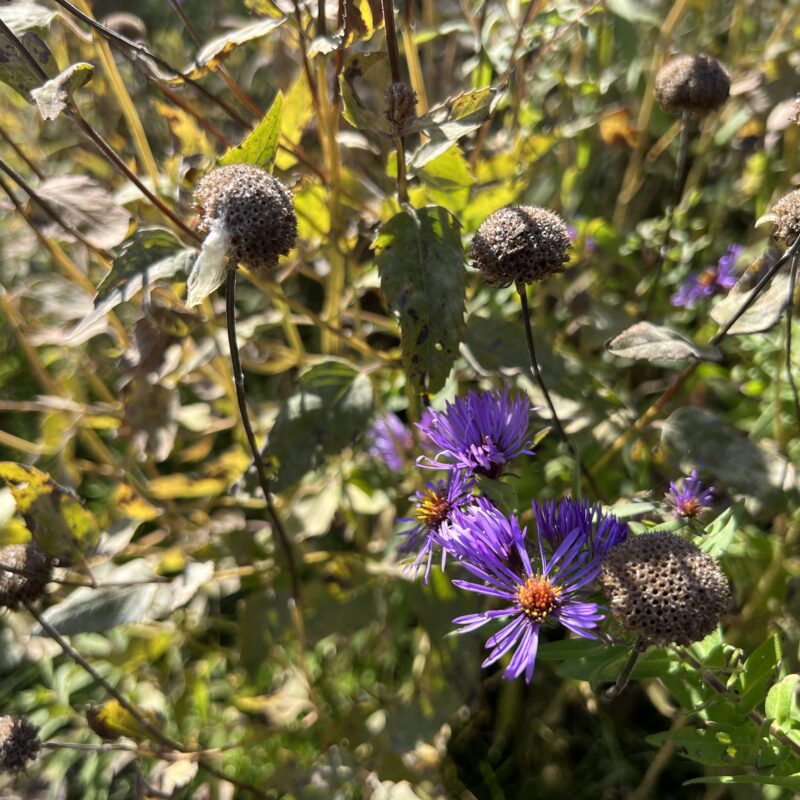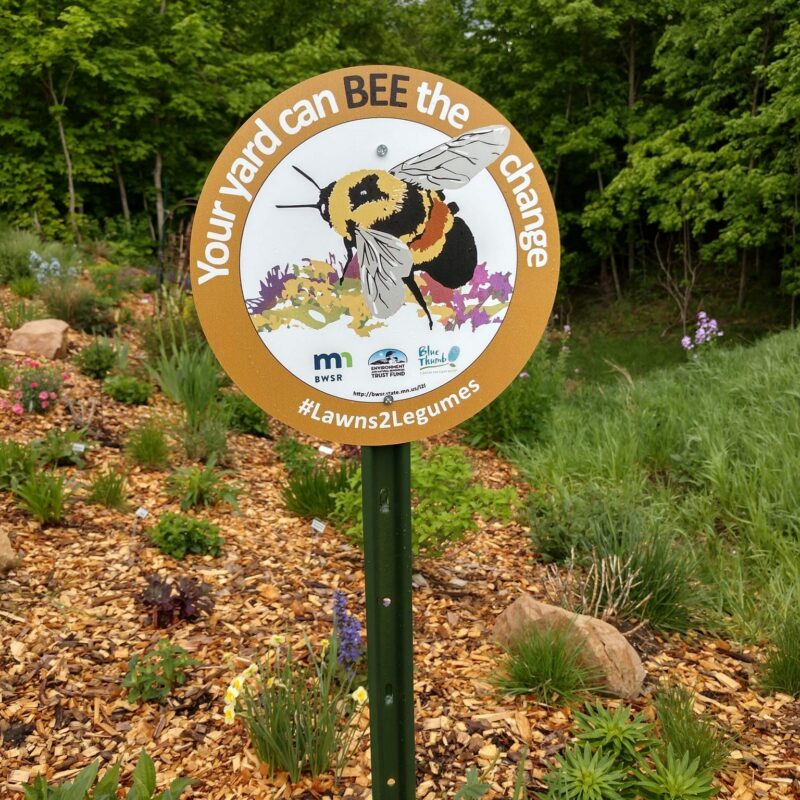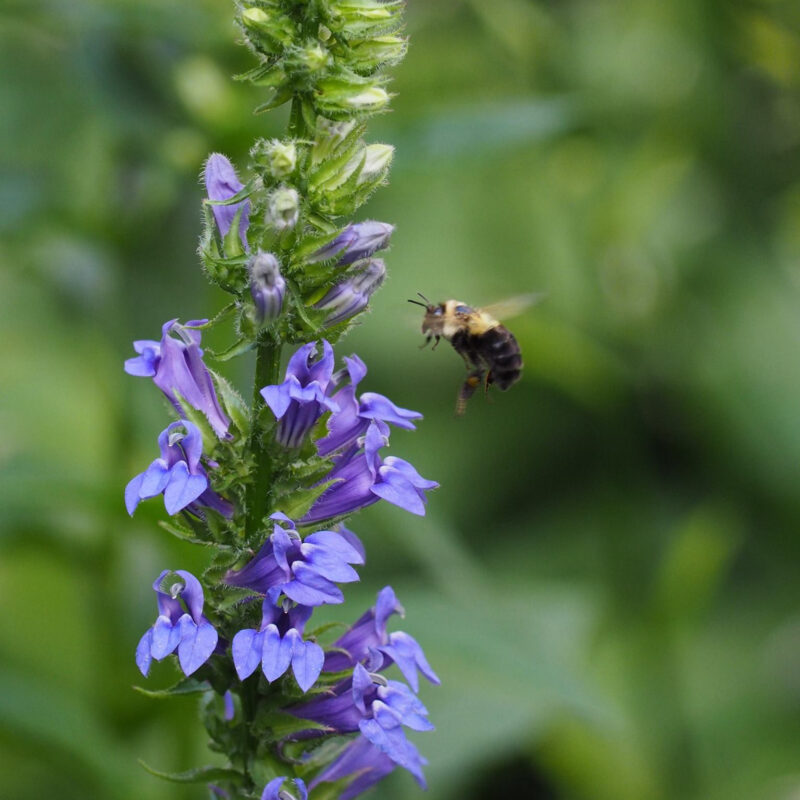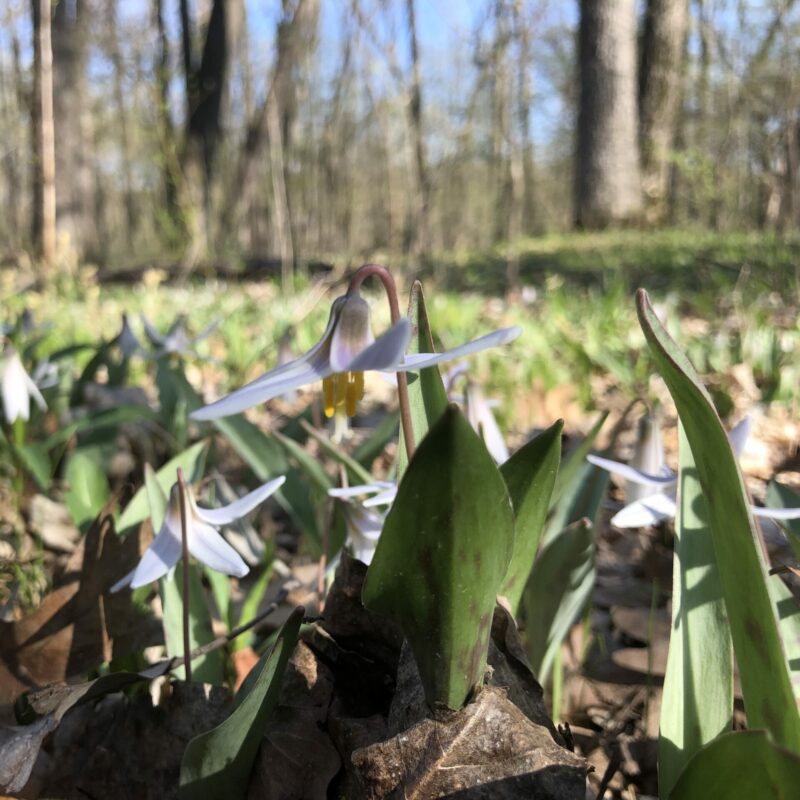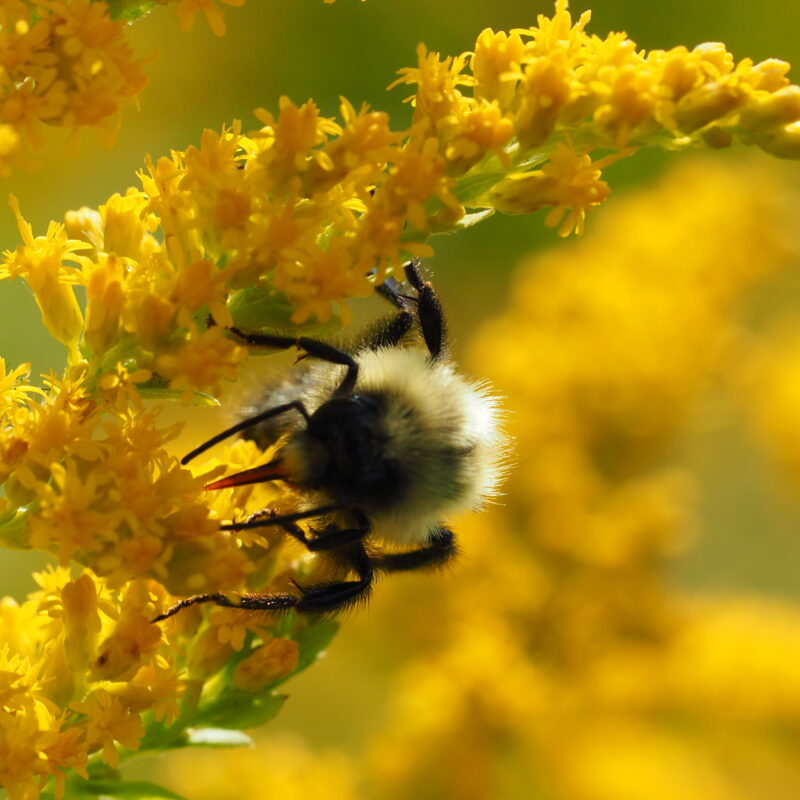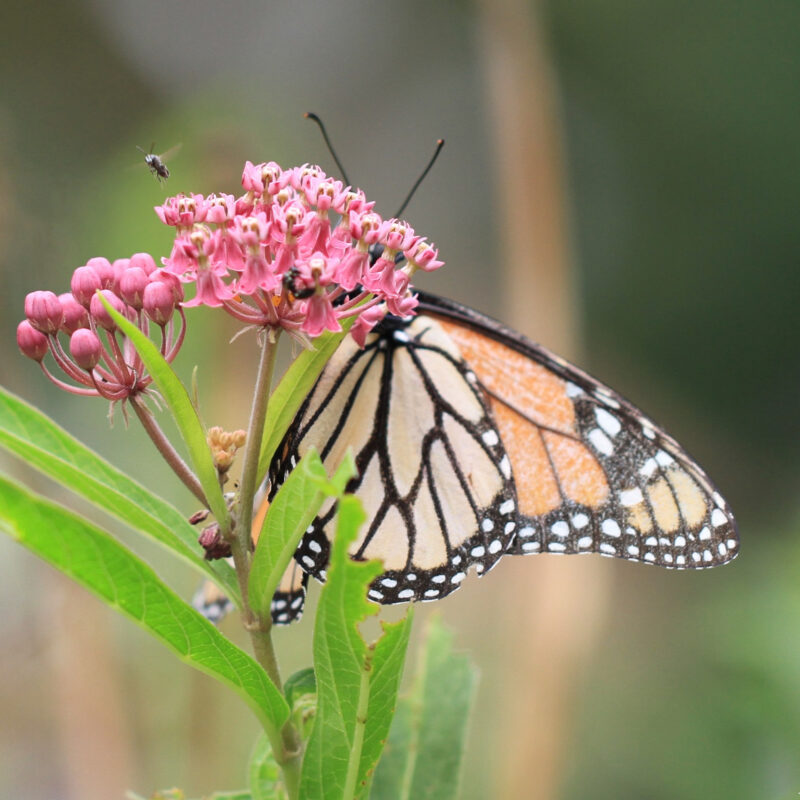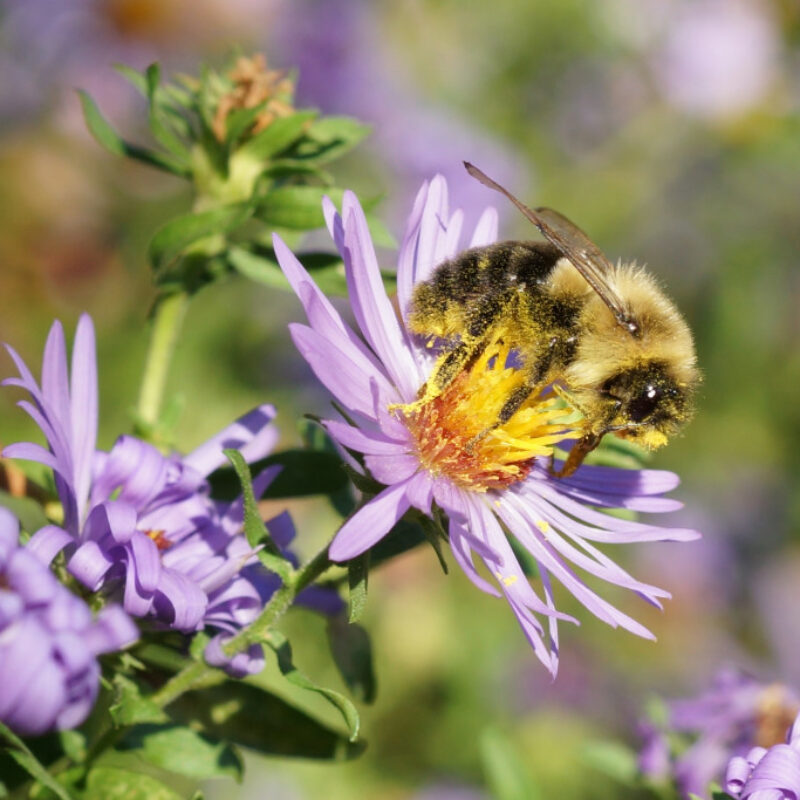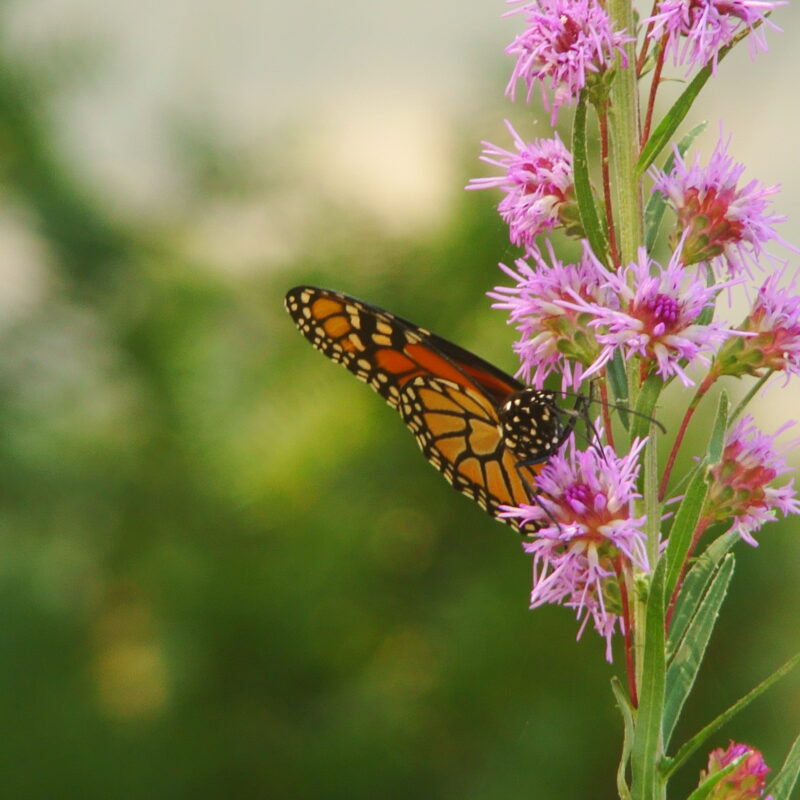What type of pollinator habitat is the best fit for you and your yard? Explore the project types below to see what best suits your goals and space.
We recommend selecting a project type that meets your needs for your yard while supporting as many pollinator species as possible. But, don’t bite off more than you can chew! It’s better to have a smaller, successful project than a bigger project that you’re unable to finish or maintain. Click on the project types below to learn more about the steps involved in each:
Blue Thumb Resources
Blue Thumb Partners: Find watershed districts, native plant nurseries and retailers, landscape designers and installers, non-profits, and more
Resources page: Download free native plant lists, design templates, general guides, maintenance guides, and more
Lawns to Legumes program: Apply for a grant to install pollinator habitat in your space
Workshops and Online Learning Series: Attend a live workshop and speak to a landscape designer about your project, or register for our free online learning series that you can access at any time to learn about Resilient Yard practices






